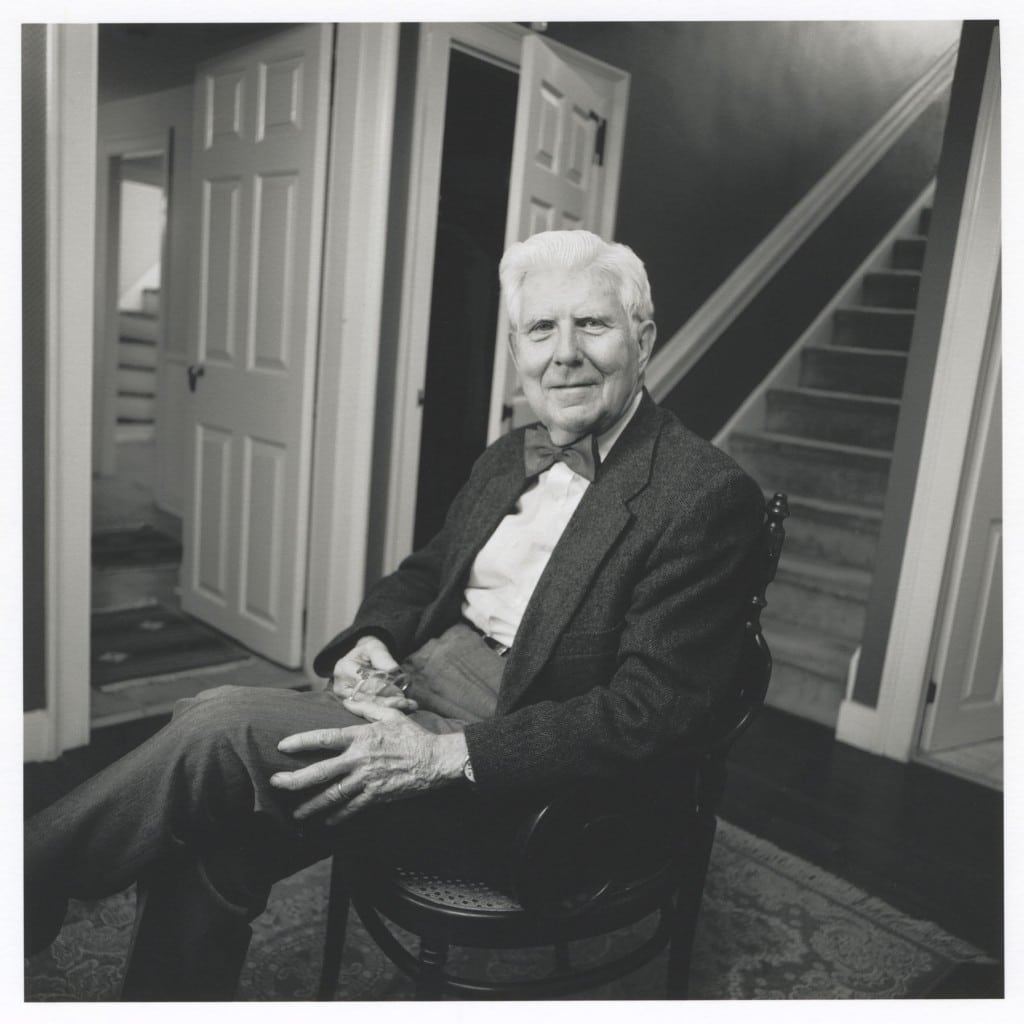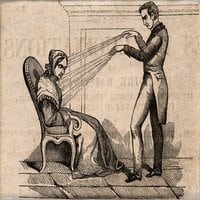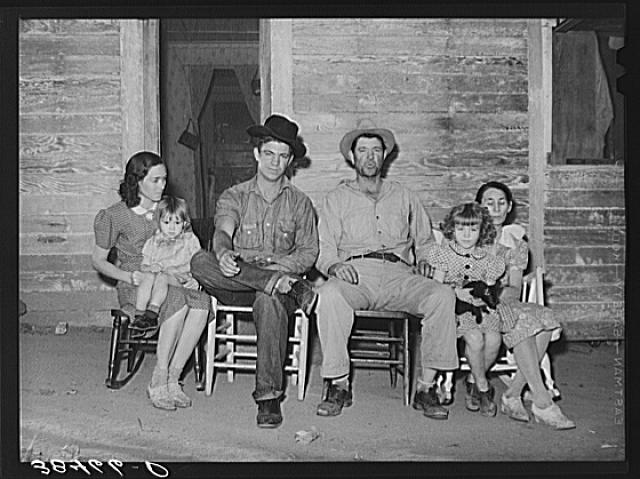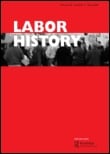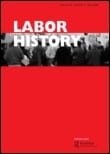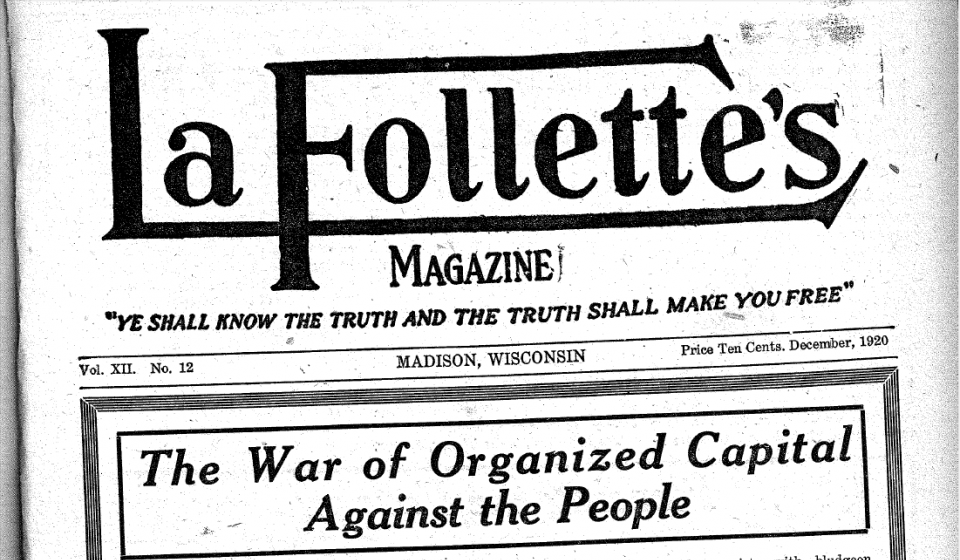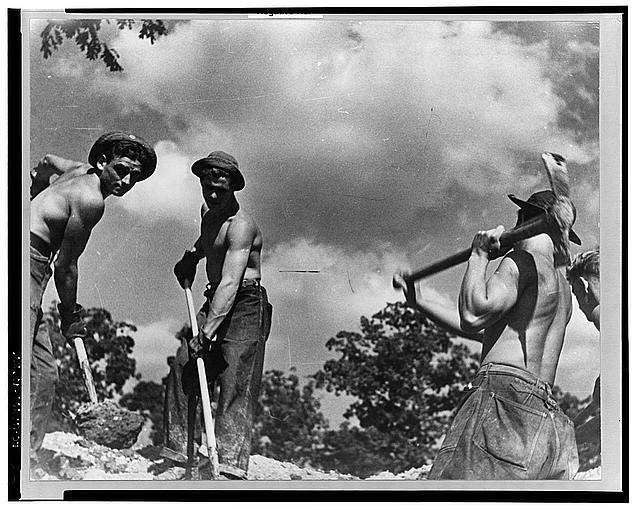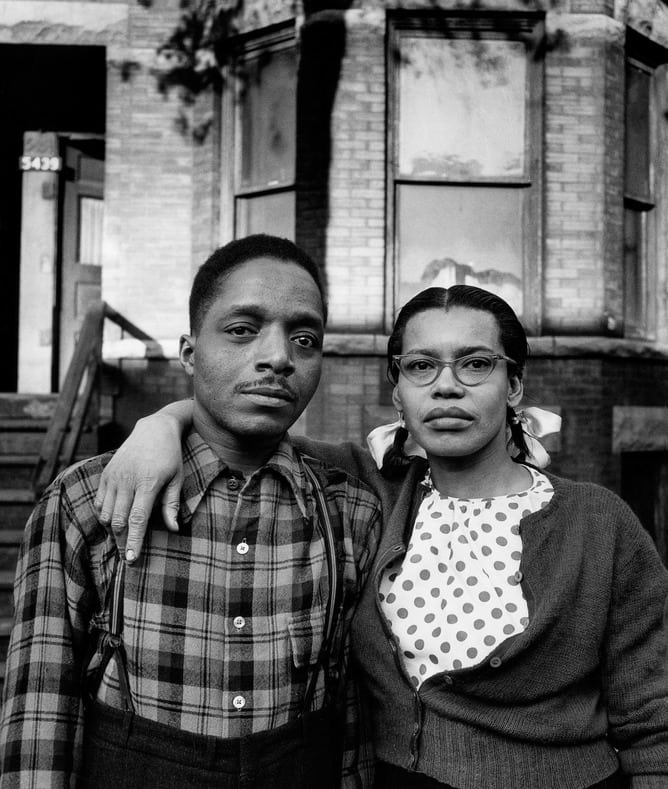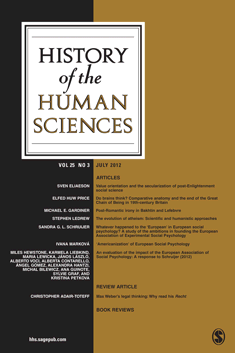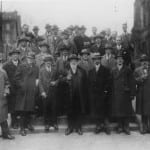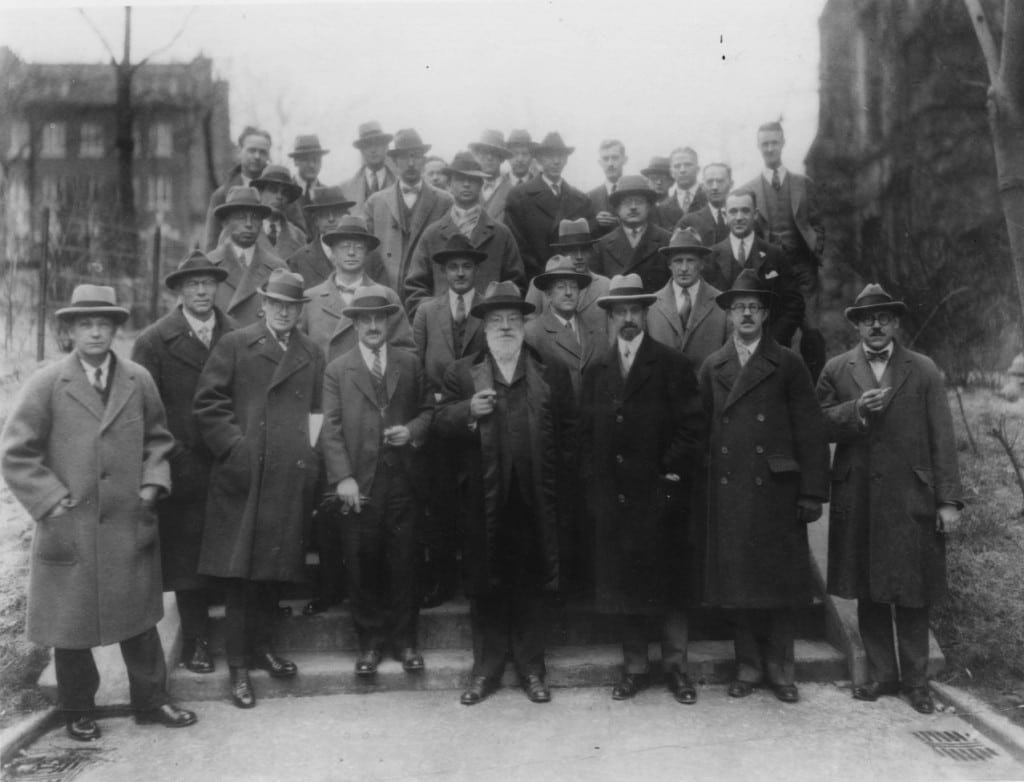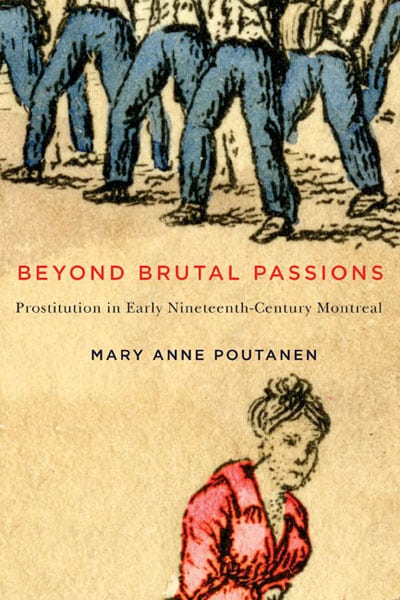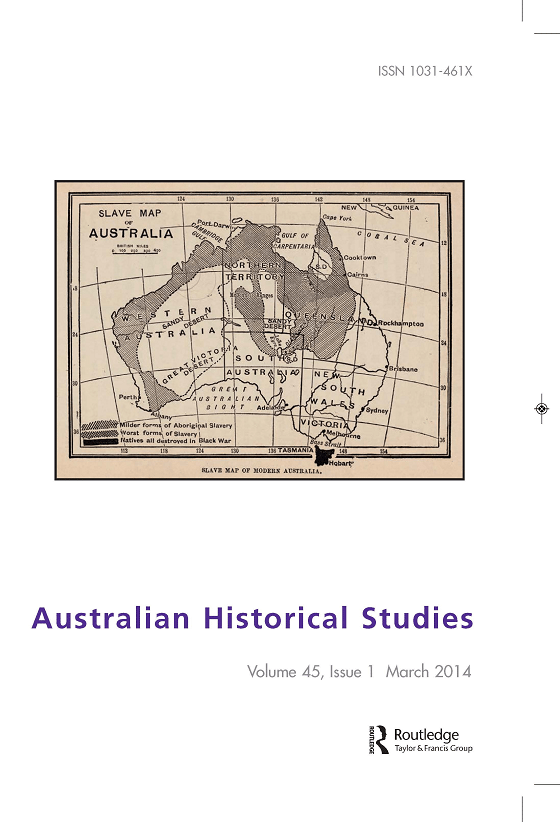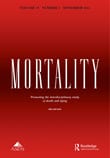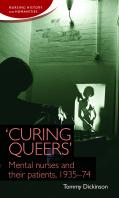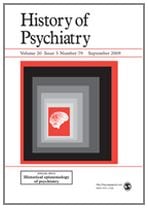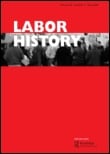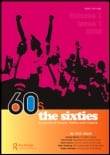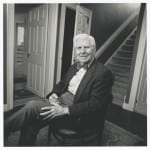
Fleeing to Babylon: How the Erie Canal, Diffusion, and Social Structure Forever Changed American Calvinism
Why Study the History of Psychotherapy?
Psychiatric ‘diseases’ in history
Farmer from Oklahoma, his wife, son and daughter-in-law and two grandchildren. Placer County, California.
Partisan players: sport, working-class culture, and the labour movement in South Wales 1920–1939
American Railroad Labor and the Genesis of the New Deal, 1919–1935
‘Introduction’ to ‘Episodic Psychoses’, by Erik Stromgren (1940)
Dostoevsky and Freud: Autonomy and Addiction in Gambling
The War of Organized Capital Against the People
CCC (Civilian Conservation Corps) boys at work, Prince George’s County, Maryland
Gordon Parks exhibit offers intimate glimpse into segregation-era life for African Americans
‘As if she was my own child’: cohabitation, community, and the English criminal courts, 1855–1900
‘Nationalising Hundreds and Thousands of Women’: a domestic response to a national problem
Fordlandia: the rise and fall of Henry Ford’s forgotten jungle city
Wanted, a Beautiful Barmaid: Women Behind the Bar in New Zealand, 1830–1976
Historical developments in sex offender treatment
Dromokaition Psychiatric Hospital of Athens: from its establishment in 1887 to the era of deinstitutionalization
Education and transition from cohabitation to marriage in Lithuania
Citizens at work: Evolutionism, functionalism, progressivism and industrial psychology in the writings of Arland D. Weeks
History of Psych in American Journal of Psychology
Beyond Brutal Passions: Prostitution in Early Nineteenth-Century Montreal
During a time of significant demographic, geographic, and social transition, many women in early nineteenth-century Montreal turned to prostitution and brothel-keeping to feed, clothe, protect, and house themselves and their families. Beyond Brutal Passions is a close study of the women who were accused of marketing sex, their economic and social susceptibilities, and the strategies they employed to resist authority and assert their own agency.
Modern Women on Trial: sexual transgressions in the age of the flapper; LUCY BLAND
Subaltern cosmopolitanism, racial governance and multiculturalism: Britain, c. 1900–45
Against the grain: The British far left from 1956
We Shall Be No More: Suicide and Self-Government in the Newly United States
The 1960s in Australia: People, Power and Politics
Reproductive behavior and contraceptive practices in comparative perspective, Switzerland (1955–1970)
A Review of “Red Apple: Communism and McCarthyism in Cold War New York”, by Phillip Deery
Intimacy, Violence and Activism: Gay and Lesbian Perspectives on Australian History and Society
The History of British Women’s Writing, 1920–1945; MAROULA JOANNOU (Ed.)
James Burnham, Sidney Hook, and the Search for Intellectual Truth: From Communism to the Cold War, 1933–1956
Satisfying the mind and inflaming the heart: emotions and funerary epigraphy in nineteenth-century Italy
Remembering the Paris Commune: When Workers and Women Rose Up Against the Oligarchy
American Lobotomy: A Rhetorical History
Through a close study of representations of lobotomy in a wide variety of cultural texts, American Lobotomy offers a rhetorical history of the infamous procedure and illustrates its continued effect on American medicine. The development of lobotomy in 1935 was heralded as a “miracle cure” by newspapers and magazines, which hoped openly that the “soul surgery” would empty the nation’s perennially blighted asylums. However, the miracle cure soon began to fall from favor with the American public, as the operation became characterized as a barbaric practice with suspiciously authoritarian overtones. – See more at: https://press.umich.edu/Books/A/American-Lobotomy#sthash.EDrTdqxp.dpuf
